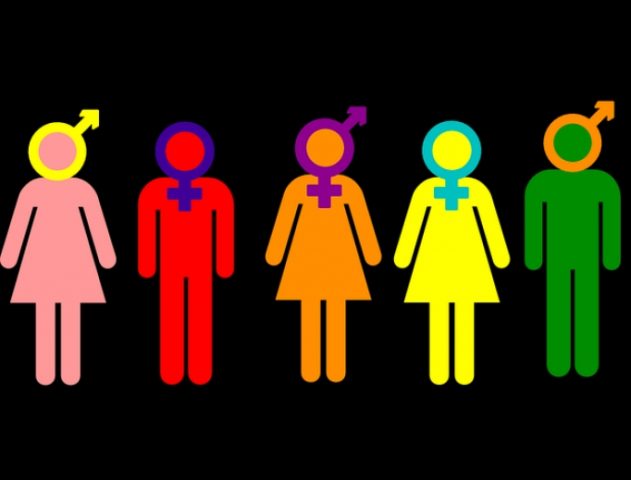Report: New Treatment for Children With Gender Issues Not Supported by Science

The Continuing Triumph of Faith
June 23, 2017
Would Baseball Team Have Mocked Tebow’s Religion Had He Been a Muslim?
June 23, 2017
Experts warn in a report summarizing 50 peer-reviewed studies that experimental use of puberty suppressants to treat gender dysphoria could pose serious risks to young patients.
By Joan Frawley Desmond, EWTN News, 6/22/17




